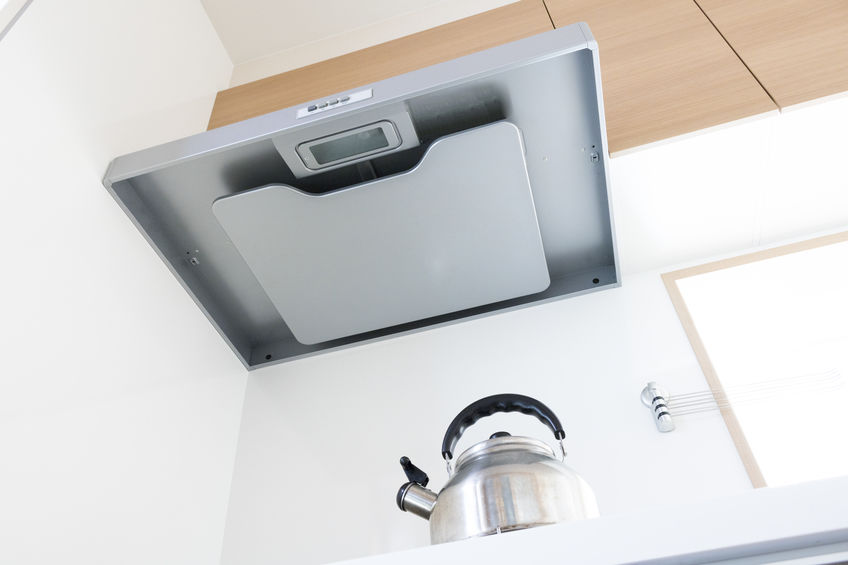Where is it Located and How Does it Work?

Do You Need a Range Hood Damper?
Whether you need a damper or not depends on several factors. If you live in a cold climate, you can benefit significantly from installing a damper as it can help with drafting problems. It is designed to open when the range hood is in use and close when it is not in use to prevent cold air from getting into your home through the hood. Although a small amount of cold air coming through the ductwork may not seem worth it to have a damper, it can have a significant impact on your heating costs.
If the duct is allowing air through the vent then leaves, dust, and debris can also find their way inside during high winds. This can cause blockages on your range hood fan, shortening its lifespan. If you live in a relatively moderate climate where you need to use your HVAC system often, then you may see less value in installing a damper. However, you will still be creating an opening for debris and other small animals if you do not install it at all.
There are some instances where there is no need for a damper. For example, if you have a roof cap or wall cap that already includes a damper, there is no need to purchase one. Downdraft range hood models may require an outside damper. Therefore, a damper is useful both in colder climates to prevent drafting problems and in warm climates to prevent small animals and other outside elements from getting into the ductwork.
Why You Should be Concerned About Makeup Air
Every time your range hood exhausts air from your kitchen, an equal volume of air must compensate it. The air that gets into your home through cracks and other small openings to replace the air that is exhausted is referred to as makeup air. Green or newer energy-efficient homes are air-sealed making it difficult for outside air to replace exhausted air, as opposed to older draftier homes. When a powerful hood depressurizes a home, your system may not perform at its best. It cannot push out enough air because there is no air in your home to replace it. The best way to solve this problem is to install a manual damper or a motorized damper interlock with the hood damper. The damper can be in-line or inside the duct itself and is directed to a pressure regulator which opens and closes the damper depending on the amount of air that is exhausted. The wall cap or roof cap simply lets the air in. However, the makeup air systems can be complicated and expensive depending on the building codes in your state or region.
Before installing a damper, it is important to confirm with your local building inspector and building codes since the requirements may vary. A properly installed damper can increase your range hood’s efficiency and prevent the entry of small animals, debris, and other outside elements into the ductwork.
